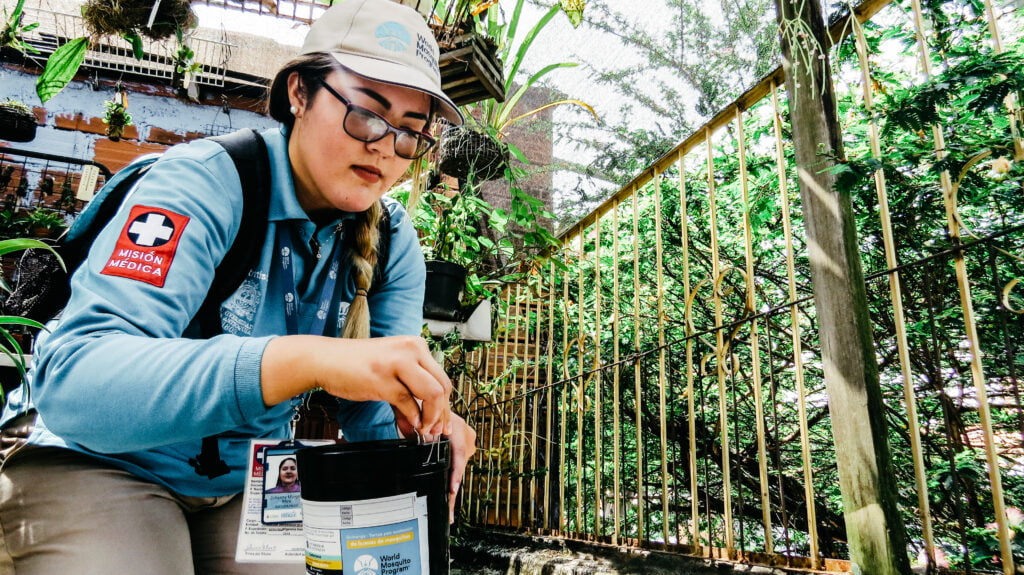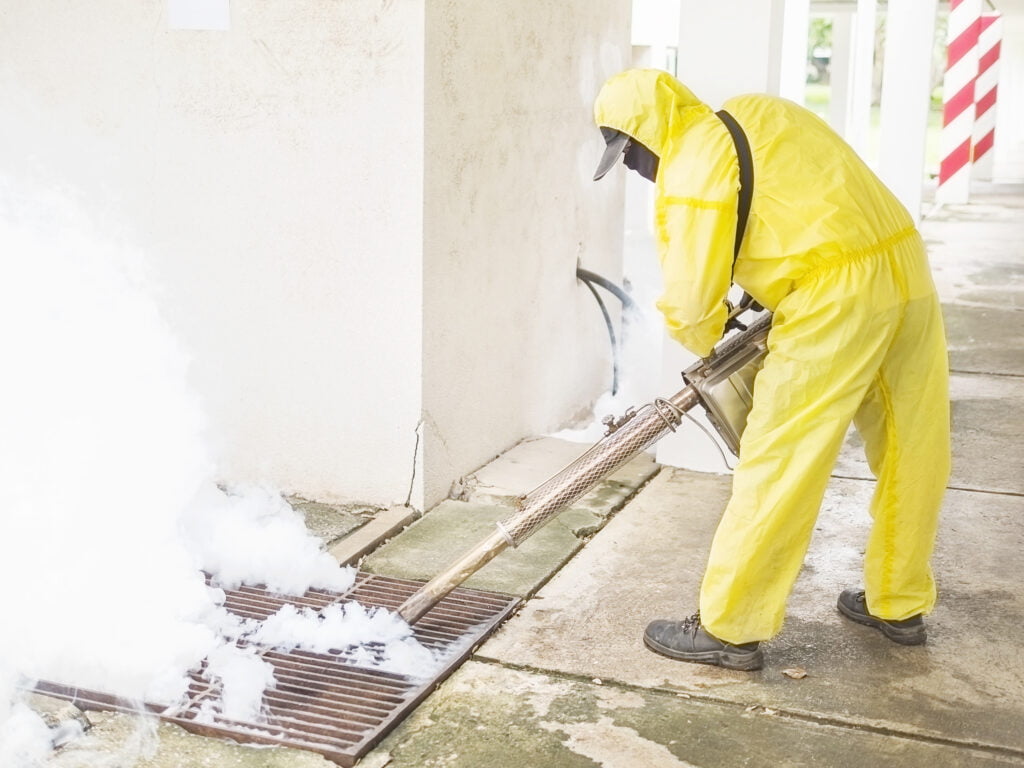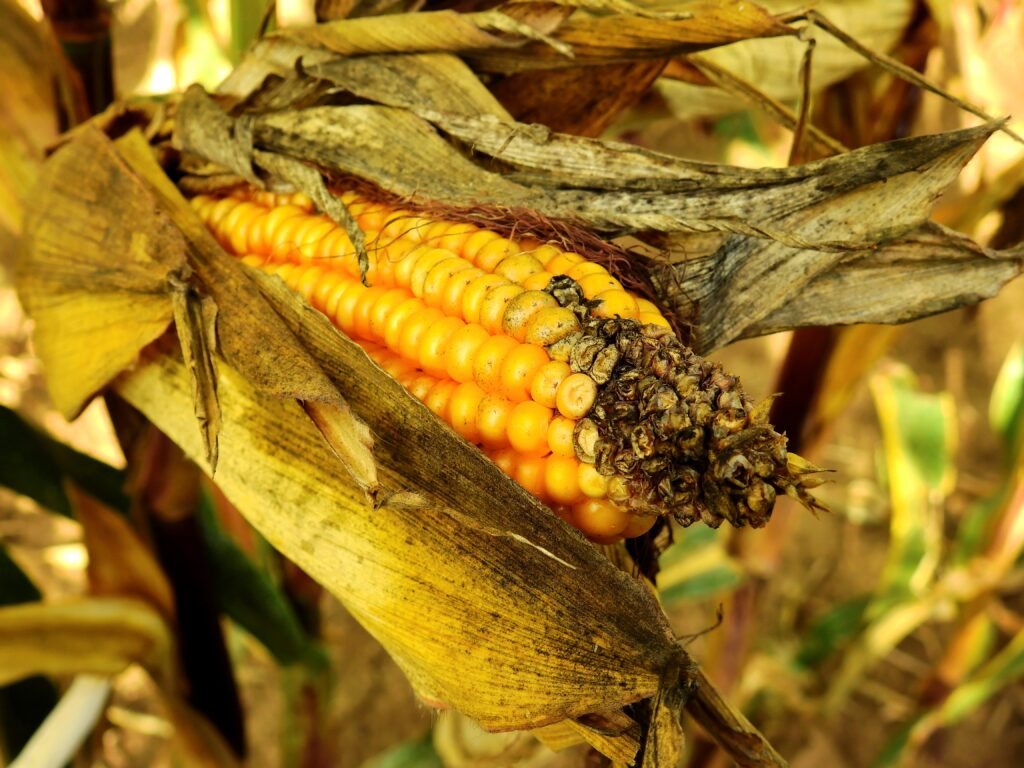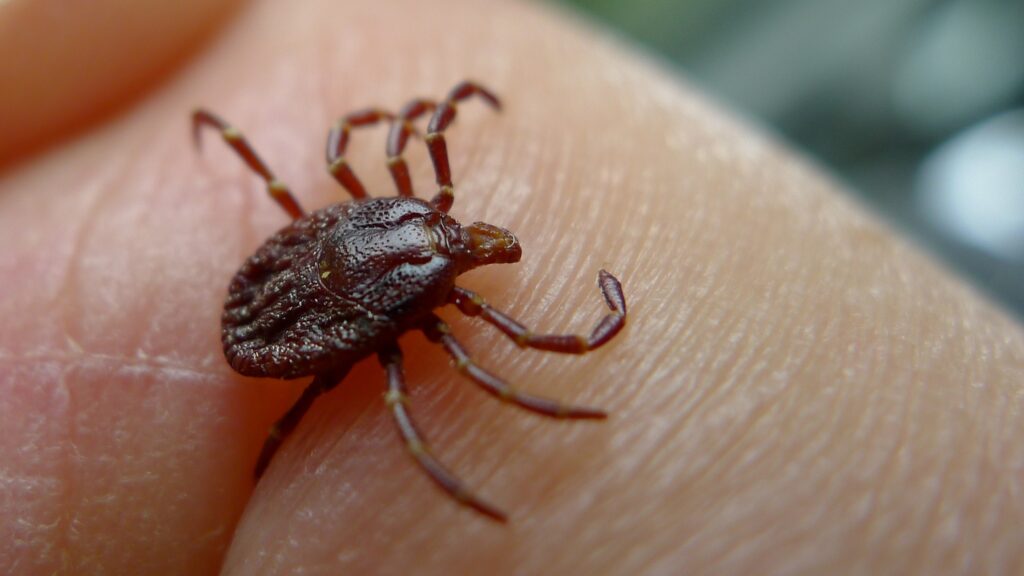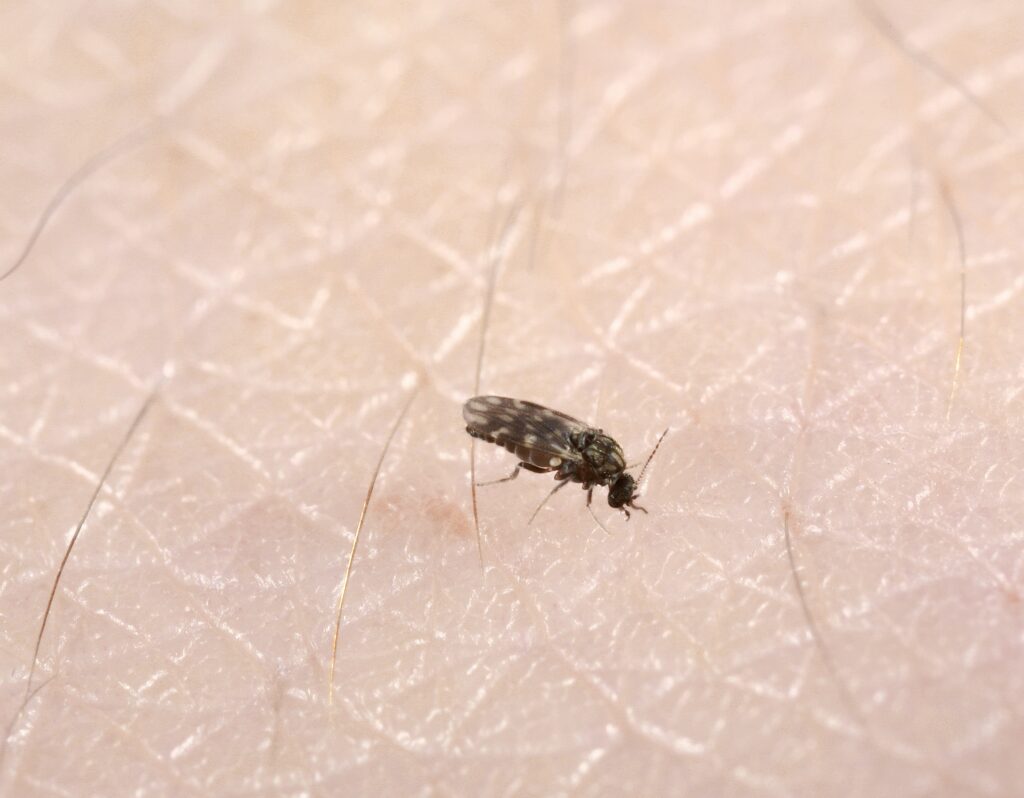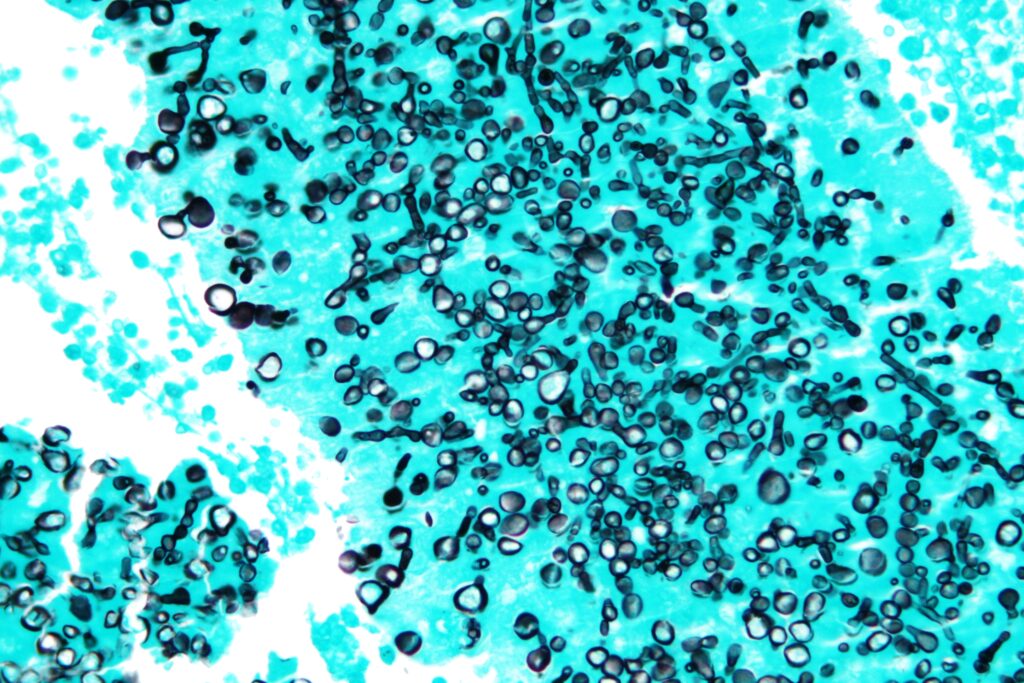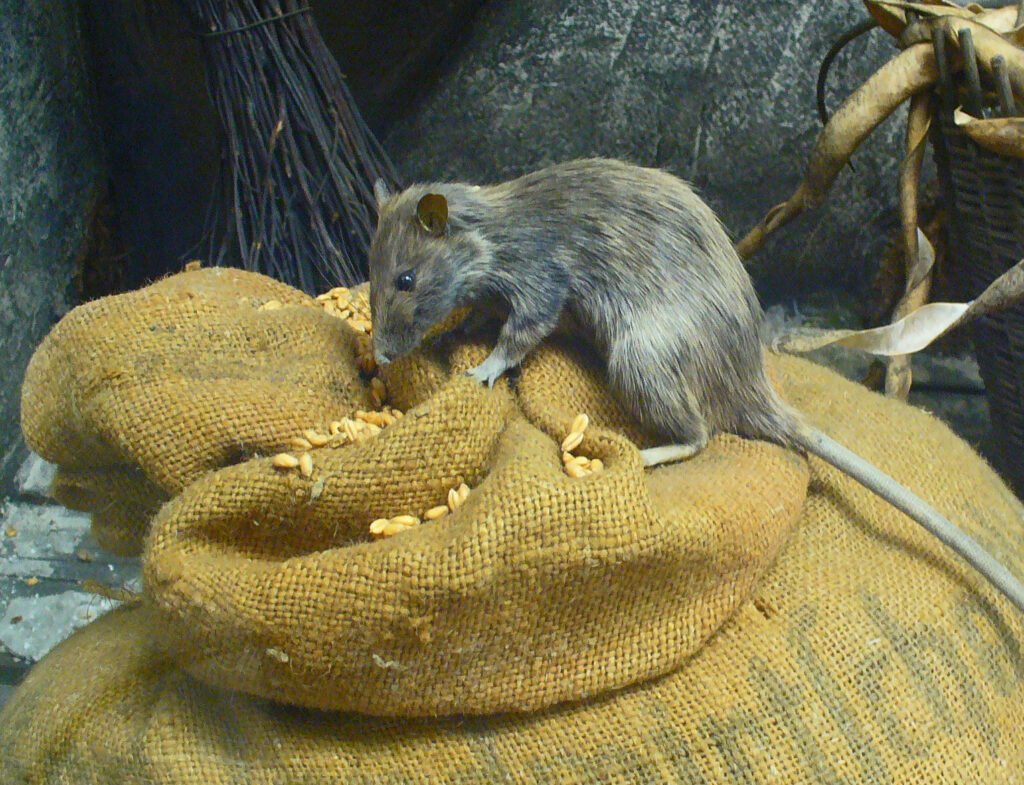We use cookies to improve your experience with Monash. For an optimal experience, we recommend you enable all cookies; alternatively, you can customise which cookies you’re happy for us to use. You may withdraw your consent at any time. To learn more, view our Website Terms and Conditions and Data Protection and Privacy Procedure.
Special Report: Changing climate, changing diseases
Published on April 7, 2022For World Zoonoses Day on July 6 we cover the growing links between climate change and animal diseases which spread to humans.
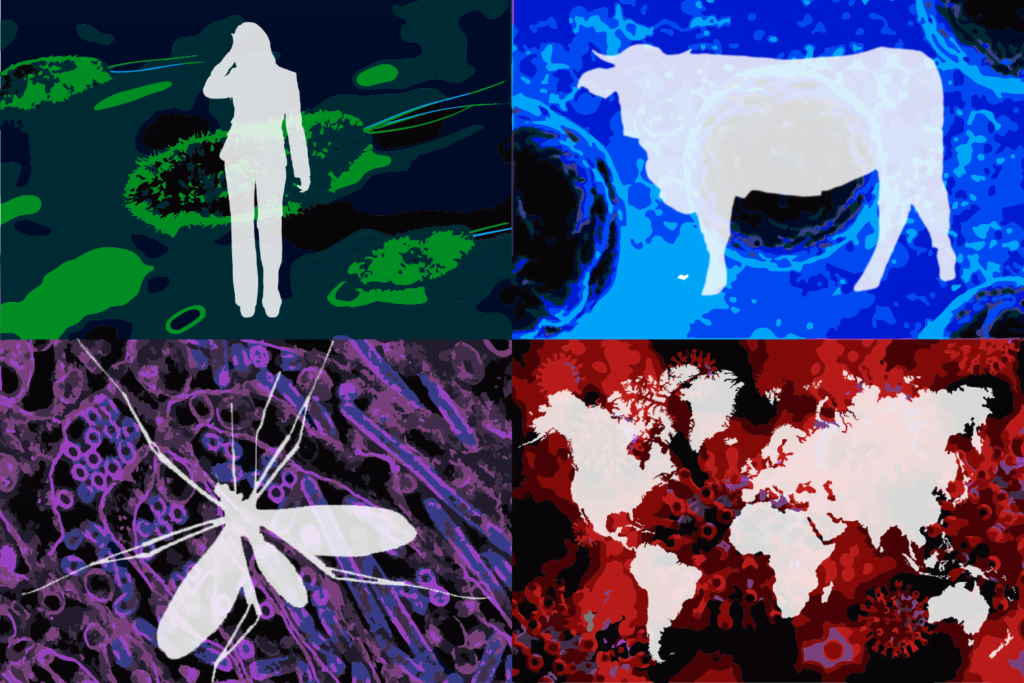 Diseases that spread between animals aand humans are being aided by climate change : Michael Joiner, 360info CC BY 4.0
Diseases that spread between animals aand humans are being aided by climate change : Michael Joiner, 360info CC BY 4.0
For World Zoonoses Day on July 6 we cover the growing links between climate change and animal diseases which spread to humans.
The World Health Organization recently launched a roadmap to address the urgent issue of the threat of animal-to-human diseases known as zoonosis, particularly neglected tropical diseases, as humans increasingly encroach on environments previously only inhabited by animals.
The consequences of this expansion are heightened by a changing climate, where climate-extremes are increasing in frequency, and resources once widely available continue to dwindle.
It’s instigated drastic changes in existing ecosystems and altered the dynamics between hosts, organisms that transmit diseases (vectors) and infectious germs.
Higher temperatures intensify the growth, survival and spread of many diseases which can jump from animals to humans either by direct contact, through vectors or through infected food and water. As the wild-domestic-human interactions become more common, so will the transmission and spread of zoonotic diseases.
Extreme weather events drive changes in animal and human behaviours, and transform the land use but also may contribute to water contamination through run-offs from harmful pathogens and toxins, also resulting in higher chances of food contamination.
The key to limiting the damage will be better collaboration between veterinarians, health care providers, wildlife biologists and environmental scientists to help set up preventive and mitigation programs such as surveillance, vaccinations and treatments as early as possible.
REALITY CHECK
Some zoonotic diseases like HIV, begin as animal-to-human transmissions but later mutate into human-only strains. Others can cause recurring disease outbreaks, such as the Ebola virus and salmonella.
Higher temperatures influence the numbers, distribution and biting rates of arthropods or insect disease transmitters (vector-borne diseases) like mosquitoes, ticks and sandflies.
Harsh weather conditions, including heatwaves, are hostile to rodents, causing them to move indoors in search of water and food.
Heavy rains create potential breeding sites and dense vegetation, providing shelter and resting sites for mosquitoes. Increased crops and foods after heavy rainfall promote rodents to breed more often and expand their population.
Many diseases such as malaria, leishmaniasis and Lyme disease are predicted to infect cooler parts of the world where they are not commonly native to.
Most zoonotic disease predictions do not evaluate the simultaneous risk factors or the interactions between them, limiting the understanding of the bigger picture.
BIG IDEAS
This quote can be attributed to Kirk Douglas, The University of the West Indies.
“Approximately two out of every three new infectious diseases are caused by a zoonotic pathogen — highlighting the importance of understanding the true risks behind human-animal connections.”
This quote can be attributed to Ilan Kelman, University College London.
“As the world’s temperatures increase, summers are lasting longer and the life cycles of many insects — and the microbes or parasites they carry – are speeding up.”
These quotes can be attributed to Oladele A. Ogunseitan, University of California, Irvine.
“We underestimated fungi. We focus on viruses and bacteria or COVID-19 and the plague. But there are many fungi that are potentially dangerous, they form spores that can last. They also can spread very quickly. So those are warning signs and red flags for pathogens.”
“We need to do surveillance, anywhere that humans and animals share space … We now have technology to know what kinds of organisms could spill over.”
Dr. Ruwini Rupasinghe is a PhD Graduate Student Researcher in Epidemiology at the Center for Animal Disease Modeling and Surveillance at the University of California Davis, an FAO Reference Center of the Food and Agriculture Organization of the United Nations.
Professor Beatriz Martínez López is the Director of the Center for Animal Disease Modeling and Surveillance at the University of California Davis, an FAO Reference Center of the Food and Agriculture Organization of the United Nations.
This article has been republished for World Zoonoses Day. It first appeared on April 7, 2022.
Originally published under Creative Commons by 360info™.
Editors Note: In the story “World Zoonoses Day” sent at: 06/07/2022 09:31.
This is a corrected repeat.



